
In a groundbreaking experiment, tiny organisms have managed to survive the harsh conditions of outer space for an astounding two years. This achievement, carried out aboard the International Space Station (ISS), sheds light on the resilience of life and its potential to thrive beyond Earth. The findings are a significant step forward in understanding astrobiology and the possibilities of life elsewhere in the universe.
The Organisms that Defied the Odds
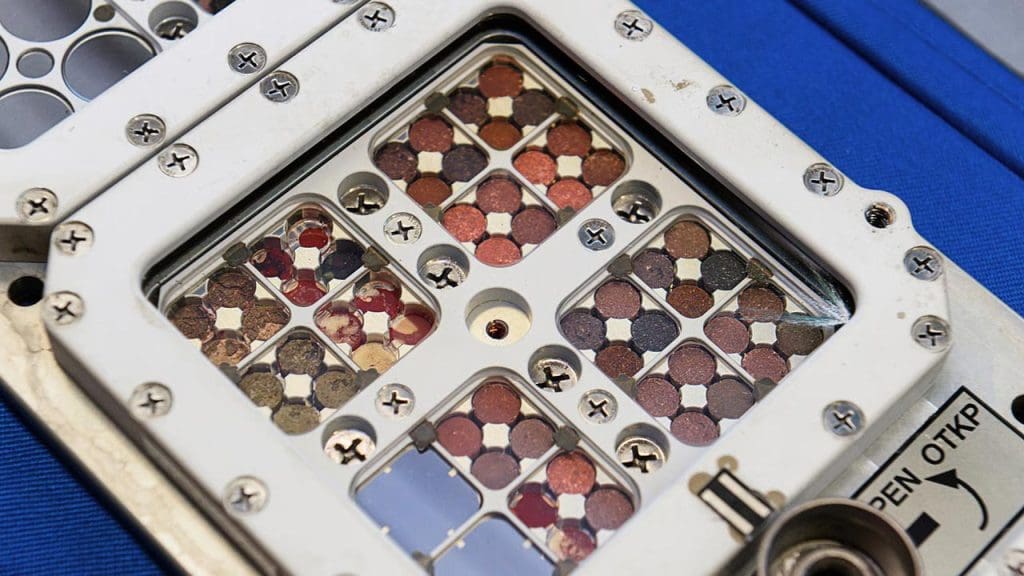
The remarkable survival of algae and cyanobacteria is an extraordinary testament to the resilience of life. These organisms, known for their ability to withstand extreme conditions, were carefully selected for exposure to space. Algae and cyanobacteria are known for their robustness, largely due to their simple cellular structures and the presence of protective pigments that shield them from harsh environments. Their resilience is not only biological but also evolutionary, as they have adapted to thrive in some of Earth’s most extreme habitats.
Previous experiments in astrobiology have laid the groundwork for these findings. Historically, scientists have been intrigued by the possibility of life enduring in space, leading to a series of experiments that gradually increased our understanding. Initial hypotheses suggested that the vacuum, intense radiation, and extreme temperatures of space would likely be too hostile for most forms of life. Yet, the survival of these tiny organisms defied expectations, opening new avenues of research and sparking curiosity about the potential for life beyond Earth. For more insights, explore this Quartz article.
Space: An Unforgiving Environment
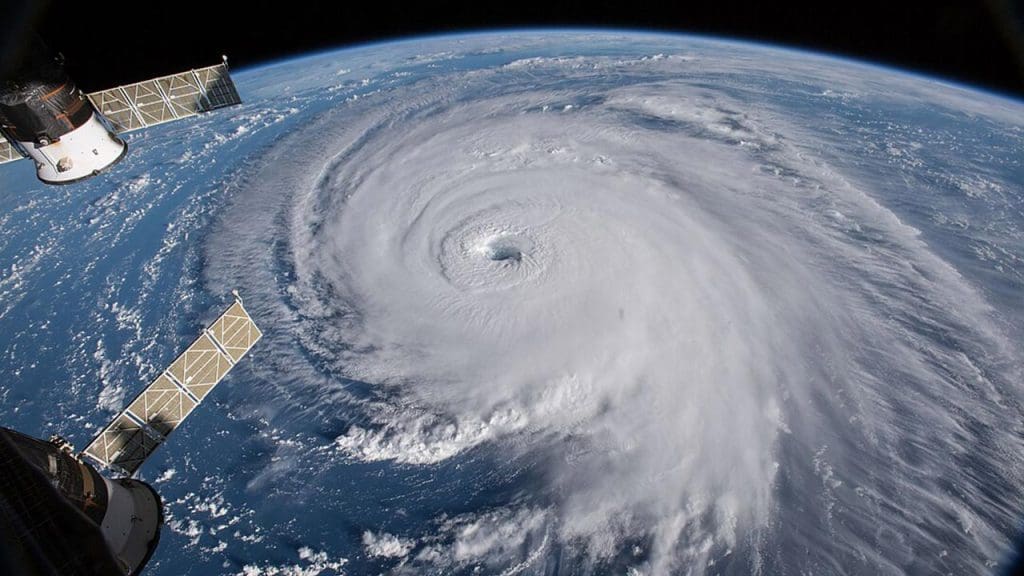
The challenges of outer space conditions are formidable. The vacuum of space is devoid of atmospheric pressure, while radiation levels are significantly higher than those on Earth. Additionally, temperatures fluctuate dramatically, posing a severe threat to biological matter. Under such conditions, one might expect life forms to perish quickly. However, the astonishing survival of algae and cyanobacteria suggests that some organisms possess unique adaptations that enable them to endure these extremes.
The International Space Station (ISS) plays a pivotal role as a platform for astrobiology research. Equipped with specialized modules and instruments, the ISS provides a unique environment for studying the effects of space on living organisms. This recent experiment utilized the EXPOSE-R2 facility, specifically designed to test the survival of microorganisms in space. The insights gained from these experiments contribute significantly to our understanding of how life can persist in space and inform future research and missions. Learn more about the role of the ISS in capturing microbes in space here.
Scientific Implications and Discoveries
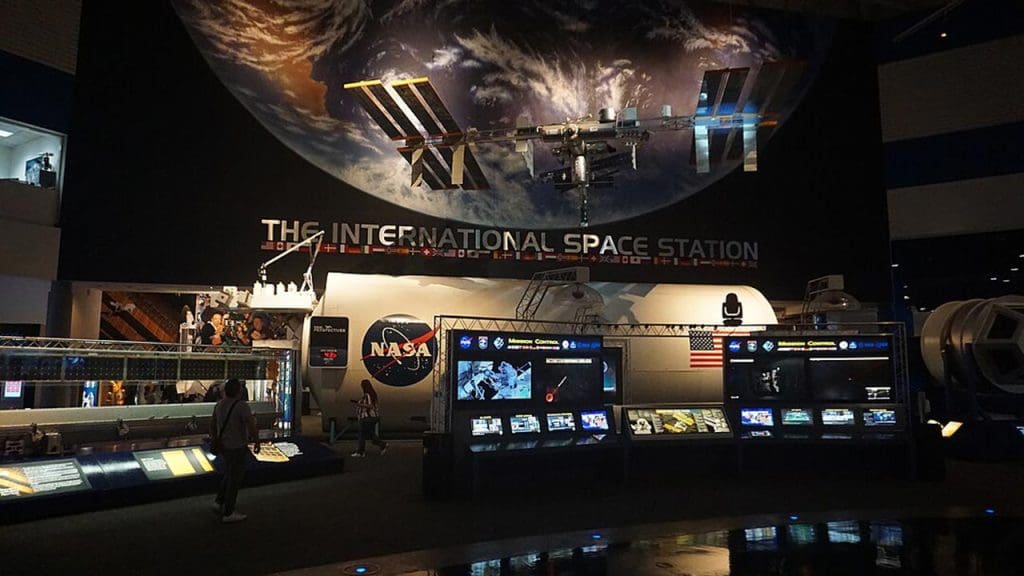
Insights into life’s adaptability are profound. The survival of these organisms in space has expanded our understanding of life’s resilience, suggesting that life can adapt to a wider range of environments than previously thought. This adaptability may have evolutionary implications, providing clues about how life on Earth evolved to withstand diverse and extreme conditions over millennia.
The field of astrobiology is particularly impacted by these findings, as they hold significant implications for the search for extraterrestrial life. If simple organisms can survive the harsh conditions of space, it raises the possibility of finding life on Mars or other celestial bodies with extreme environments. The experiment also informs future missions and space exploration strategies, potentially guiding the development of technologies and approaches for detecting life beyond our planet. For further exploration of astrobiology’s potential, consider this science article.
Historical Context and Future Prospects
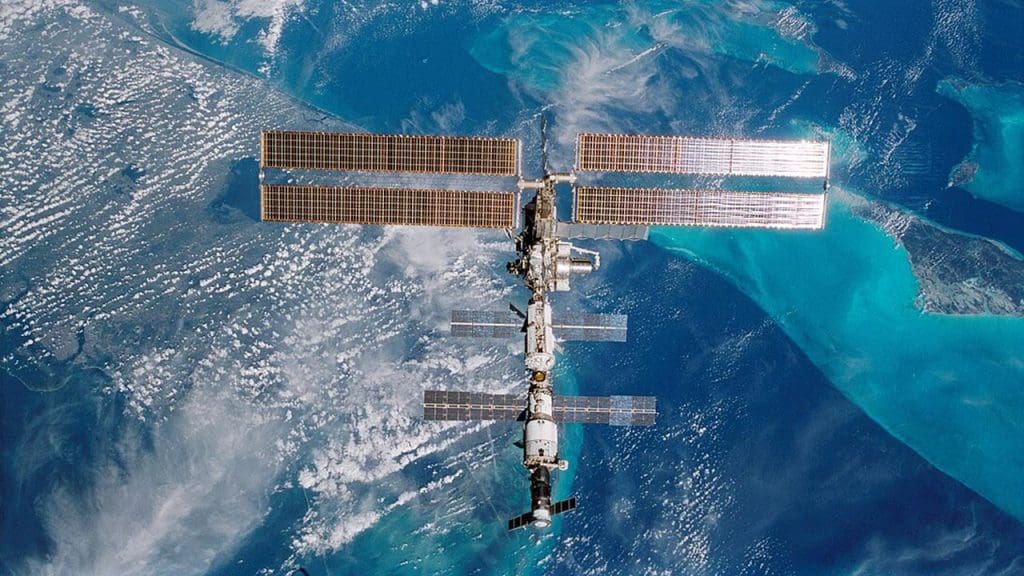
A look back at past organisms in space provides valuable context. The history of sending living organisms into space dates back to the early days of space exploration. Notably, animals such as Laika the space dog were among the first to venture beyond Earth’s atmosphere. These missions provided critical insights into the effects of space travel on biological entities and paved the way for more complex experiments involving microorganisms. For a historical overview, read more about Laika’s journey.
The future of space-based biological research is promising, with upcoming experiments and missions focusing increasingly on life sciences. The insights gained from these endeavors are expected to inspire technological advancements and deepen our understanding of life’s potential beyond Earth. As we continue to explore the cosmos, the resilience of these tiny organisms serves as a reminder of life’s tenacity and the endless possibilities that await us in the vast expanse of space.
Broader Impact on Space Exploration
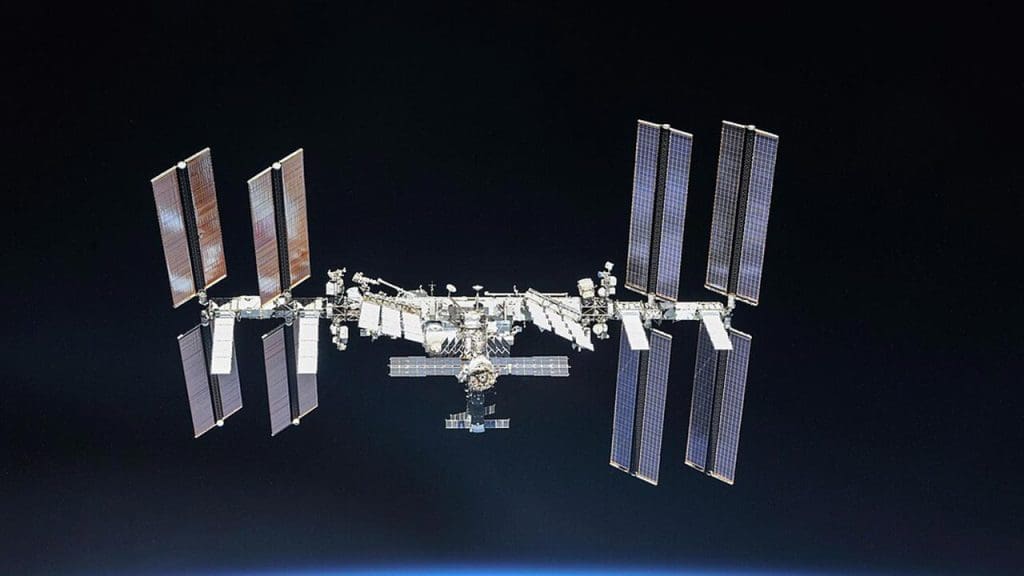
The implications for human space travel are significant. Understanding how organisms survive in space can inform the development of life support systems and sustainable habitats for long-term human missions. As we contemplate journeys to Mars and beyond, these findings underscore the importance of designing environments that can sustain human life and protect against the harsh realities of space.
Ethical and philosophical considerations also come into play when sending living organisms into space. The ethical dimensions of such experiments prompt us to reflect on our responsibilities as explorers and the potential consequences of our actions. Additionally, philosophical questions about life beyond Earth and its significance for humanity challenge us to reconsider our place in the universe and the possibilities that lie beyond our planet. These considerations add depth to the scientific pursuit of understanding life’s potential in the cosmos.